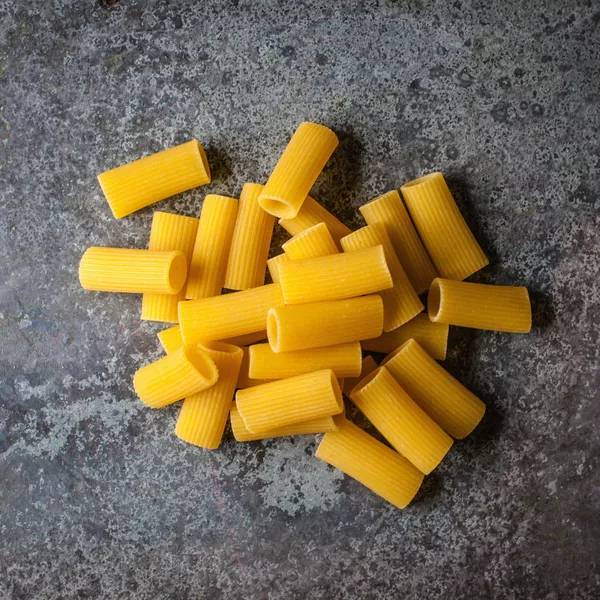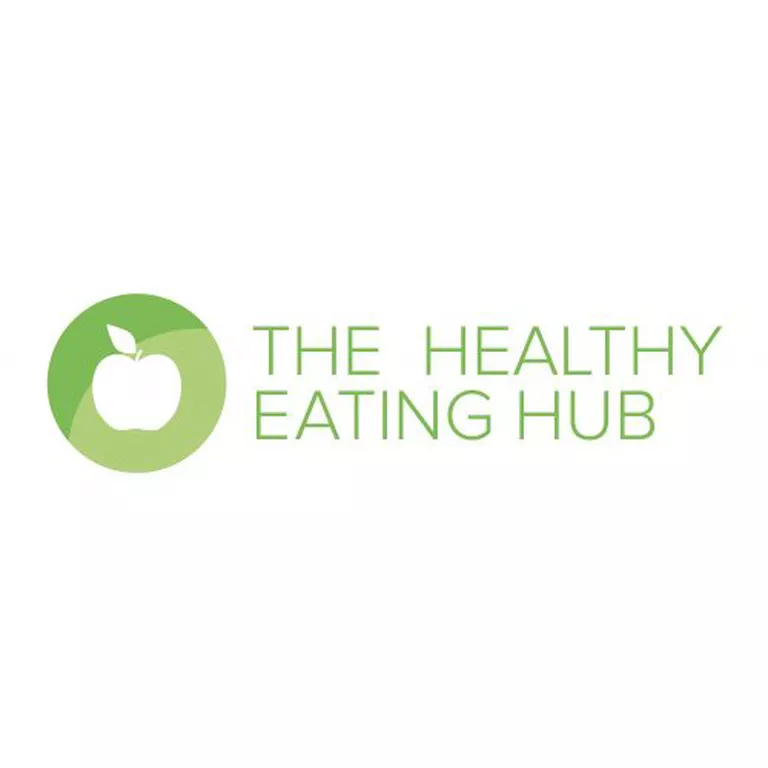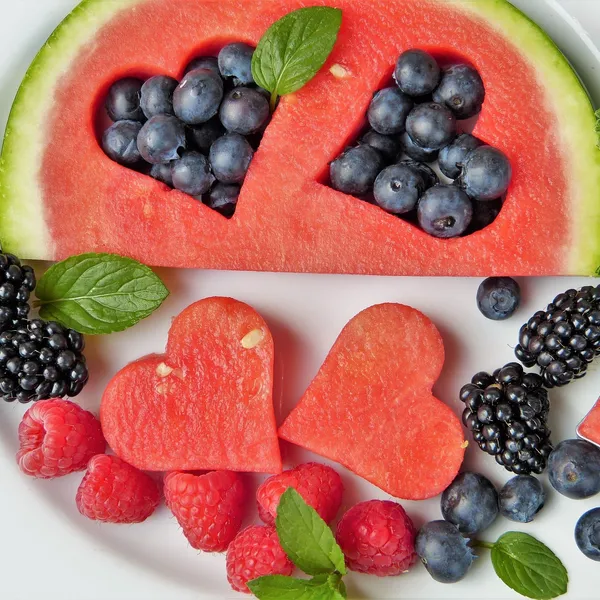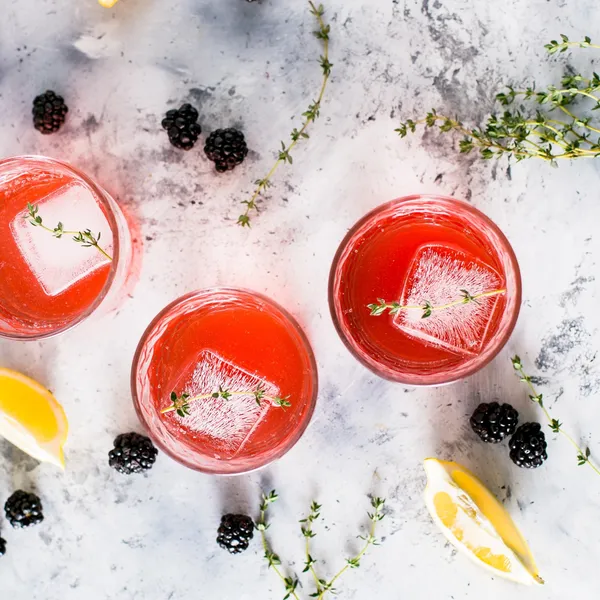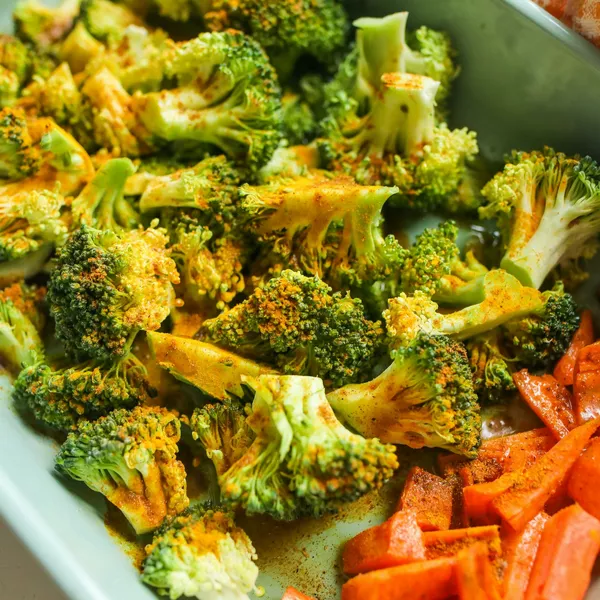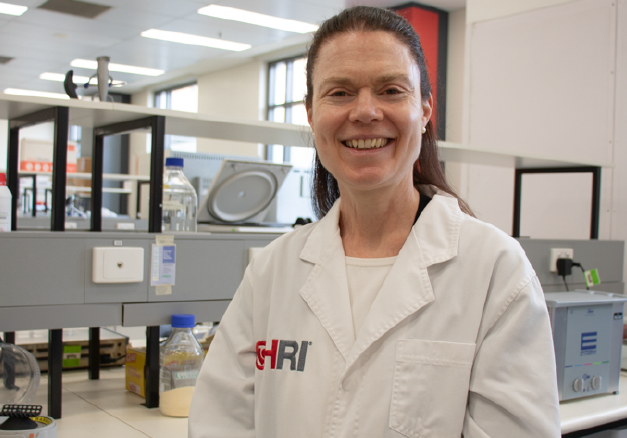1. Maximise your intake of heme iron sources
Iron from heme iron sources is much more bio-available and is the most easily absorbed by your body.
Aim to include red meat 2–3 times a week, chicken or turkey 2–3 times per week and some kind of seafood 2–3 times per week, and you’ll be doing pretty well. If you’re a vegetarian or vegan, you may need to seek advice from a dietitian and have a personalised eating plan drawn up to help you meet your body’s iron needs from non-heme iron.
2. Include vitamin C rich foods with both your heme and non-heme iron sources
When eaten at the same time, vitamin C enhances the absorption of iron from your meal. Foods that are high in vitamin C include most fruits and vegetables, especially broccoli, Brussels sprouts, red capsicum, oranges, strawberries, kiwi fruit, tomatoes, lemons and limes.
Recipe tip: an example meal following this principle would be barbecued lamb chops on a lentil puree, topped with a tomato salsa. Serve with wilted baby spinach and steamed broccoli drizzled with olive oil and lemon juice.
3. Be mindful of foods that decrease iron absorption
Foods that contain phytates and phenols decrease the absorption of non-heme iron. These are foods generally high in fibre like wholegrains and cereals. It’s important to eat fibre, so don’t cut these foods from your diet. Simply eat them at other times throughout the day, or make sure that you are eating plenty of foods containing heme iron and you’ll be fine.
Tea and coffee also contain substances that decrease iron absorption, so avoid drinking them at meal times.
Image: Unsplash
